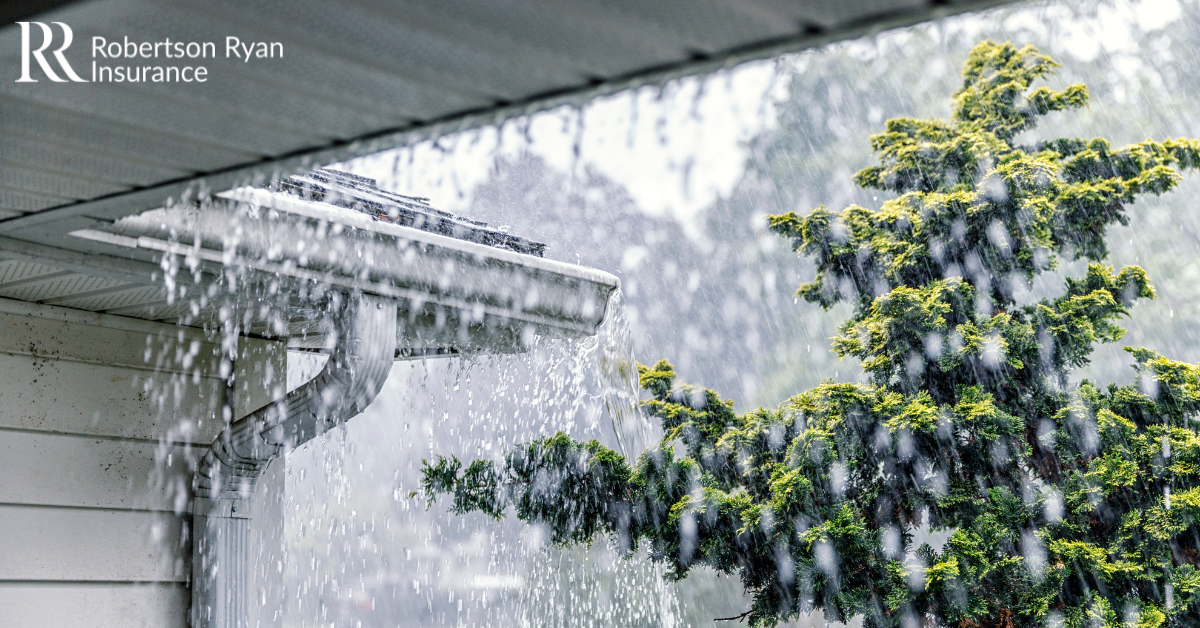Rain Weather Safety: Flood and Water Risks, Alerts, and Home Protection
August 14, 2025

Be Prepared for Flooding: Understanding Coverages and How to Protect Your Property
More and more, unexpected floods are happening all across the US. Increasing everyone’s risk of water damage and flooding, regardless of region. Taking proactive steps to protect your home can help you stay ahead of potential water damage. Especially when considering how water enters your home or garage. Here are some tips to keep you need to know.
Ways to Protect Your Home from Water
Storms can be unpredictable, but there are steps you can take to minimize water damage to your property.
- Check Your Flood Risk
- Determine if your home is in a flood-prone Even if you’re not near a river or stream, heavy rains can still cause flooding.
- Consider Flood Insurance
-
- Standard homeowners’ insurance does not cover flood damage. Flood insurance can be purchased through the National Flood Insurance Program (NFIP) or with insurance carriers. Since policies take about 30 days to go into effect, don’t wait until a storm is approaching. Reach out to your Robertson Ryan Insurance Agent. What is the difference between Water and Flood damage?
- Keep Gutters and Downspouts Clear
- Ensure gutters are free of debris to prevent water from pooling around your home. Downspouts should direct water at least six feet away from your foundation.
- Install a Sump Pump with a Backup Battery
- A sump pump helps keep basements dry by removing excess water. A battery backup ensures it continues working during power outages.
- Seal Foundation Cracks
- Water can seep into small foundation cracks. Apply waterproof sealant to keep moisture out.
- Elevate Appliances and Utilities
- Protect essential home systems, such as water heaters and furnaces, by raising them above potential water levels.
Preventing Basement Water Damage
Basements are particularly susceptible to flooding due to their below-grade location. Proper drainage and waterproofing measures can help prevent costly damage.
- Improve Grading & Drainage: Ensure the land slopes away from your home to direct water away from the foundation.
- Install a Drain Tile System: These systems help manage water flow and are recommended even in sandy or gravel soils.
- Use a Dehumidifier: Maintain a humidity level of 40-50% in your basement to prevent mold growth and musty odors.
Sump Pump Installation Considerations
If you’re installing a sump pump, or a second sump pump, keep these key points in mind:
- Check local permit requirements.
- Contact your municipality before any excavation work.
- Work with a reputable contractor who provides a written estimate and warranty details.
- Consider a battery back-up for when electricity goes out.
Stay Informed
Weather conditions can change rapidly, and reliable sources of information are critical. Government agencies like the National Weather Service (NWS) and local emergency management offices provide real-time updates on water risks.
By staying informed and prepared, you can reduce the impact of water damage and keep your home and family safe. If you have questions about water back-up coverage, flood insurance, risk management, or your coverages, reach out to your Robertson Ryan Insurance Agent or contact us here to help you navigate your options.
*Please note that we rely on independent sources, and recommend conducting further research or to seek guidance from a qualified industry professional, legal counsel, or licensed insurance agent as appropriate for your needs. These blog posts are intended for general informational purposes only.